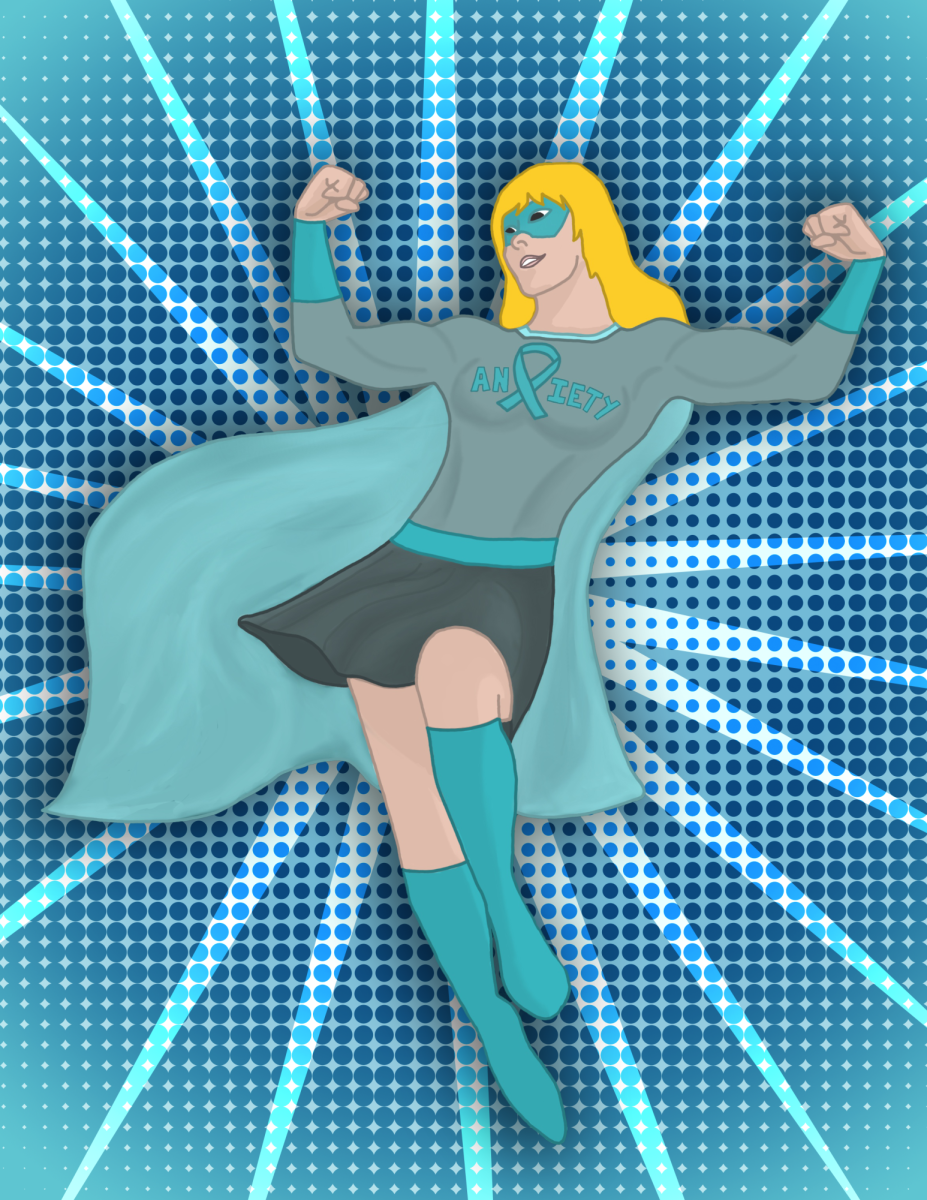I was 19 the first time I felt comfortable sharing a meal with someone who had cooked for me, after I had been ill three years prior. It was a poignant experience, because for someone who struggled with an eating disorder and was able to recount every calorie I ate, a night where my compulsions were averted, was rare.
What I remember, though, is how satisfied I felt, how I wanted to linger at the table and savor the conversation and that moment of freedom.
In the fall of 2009 I spiraled into a dark place of malnourishment, isolation and erratic behavior. The “issue” — the “it” — the disorder that I and anyone who knew me had fumbled to name, had made its ugly debut.
Here’s the thing most people know about clinical eating disorders and behaviors leading up to them — little — and people can’t necessarily be put at fault. The multidimensional nature of this illness and related behaviors are usually not discussed past the brief reading requirements in an eighth-grade health chapter and an introductory course to psychology, if at all.
Increasingly, voices and campaigns spin a hypersexualized media saturated with photoshopped images with slogans like “love your body” and “body peace” — both empowering messages. But too often are these slogans highly gendered, excluding males, ages, people of color and those of the LGBT community.
Eating disorders are rarely superficial illnesses and they are not a “white woman’s” illness. It is more than just about loving your body. When you reduce a complex problem down to a simple solution, you isolate those people who feel stuck.
With the exception of the cases that go unreported, eating disorders will clinically afflict approximately 30 million people in the United States at some point in their lives, according to the National Eating Disorders Association. This organization sets aside one week in the month of February to bring attention to an epidemic that is likely independent of gender, race, socioeconomic status or background and age.
When I was sick, I cringed when someone reached out to hug me. I didn’t want people to know about my condition when their arms encircled me. But, like other mental illnesses or addictions, there is a heaping shame that accompanies any attempted discussion.
During the day, I was exhausted. It was like I had vacated my barely functioning body.
At times, I’d wake up in the middle of the night, fearful. My heart rate was a slow “thump, thump,” and when I eventually went to the doctor I was hurried off to an emergency room. I Iaid in one of those uncomfortable rollaway beds, overwhelmed and wondering how I became so involved with my disorder.
Eating disorders are frequently not acknowledged outside clinical labels. The most commonly discussed are anorexia nervosa and bulimia nervosa. Windham referenced the term “disordered eating” — behaviors that may not necessarily warrant a clinical label, but something I, and others, would consider to be no less serious.
Binge-eating disorder is another illness that has only recently garnered a clinical label, said Meghan Windham, a registered and licensed dietician at Beutel Health Center, who works with eating disorder cases. For anyone else in between, who can’t put a name to what they are going through, I imagine they become lost in the shuffle.
This makes asking for help compromising, especially when the struggling person fails to see themselves as “sick enough,” or does not somehow meet the archetype of an “eating disordered person.”
Eating disorders are odd in that they rope in both a person’s mental and physical state.
I struggled with anxiety and depression, two things that sometimes still creep in and out of my life. I wasn’t alone — countless articles and personal accounts document how these two illness often go hand in hand.
It’s difficult to say which came first — the depression or the eating disorder. And therein lies more misinformation that people receive about eating disorders — that there is a linear path for how these illnesses function.
Months went by before family and people I knew could lay a finger on what they thought I was struggling with, and most of them didn’t understand. How could they understand? Not even I did.
My experience, as I came to discover later on in numerous counseling sessions, manifested from a long list of contributing factors, some of which, five years later, I am still working to sort through.
Whatever the type, spectrum of severity, et cetera, it is imperative that all disordered eating be recognized as legitimate to the individual. The NEDA and numerous other resources rank eating disorders highest when it comes to mental illness mortality rates.
People sometimes approach me and ask if I’m “okay now.” Physically, yes I am. And sometimes stabilizing your physical health is the first priority. Taking care of my mental health, though, is a process that knows no end.
Someone close to me once said, “Promise me that if this depression monster chases you around for the rest of your life, that you will be able to cultivate a life where you can find ways to heal.”
It’s worth seeking.
COLUMN: Eating disorders are debilitating, but they can be overcome
February 26, 2015
0
Donate to The Battalion
$1765
$5000
Contributed
Our Goal
Your donation will support the student journalists of Texas A&M University - College Station. Your contribution will allow us to purchase equipment and cover our annual website hosting costs, in addition to paying freelance staffers for their work, travel costs for coverage and more!










